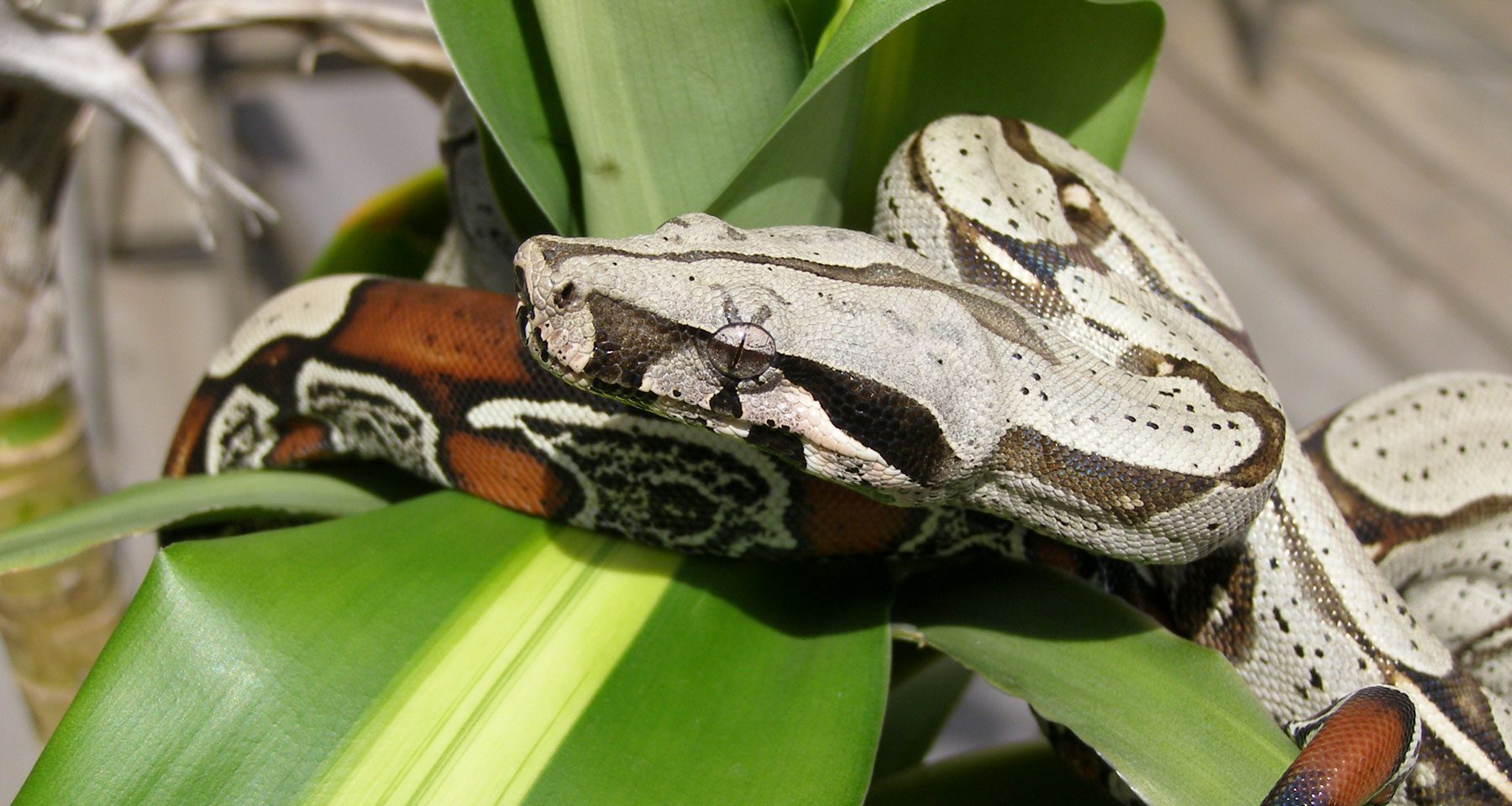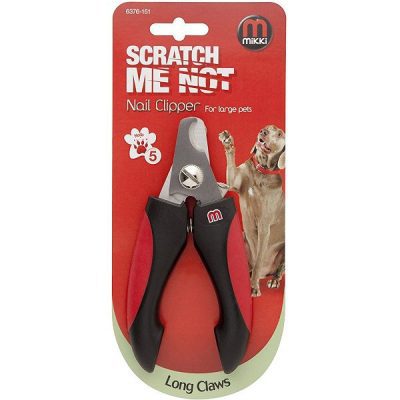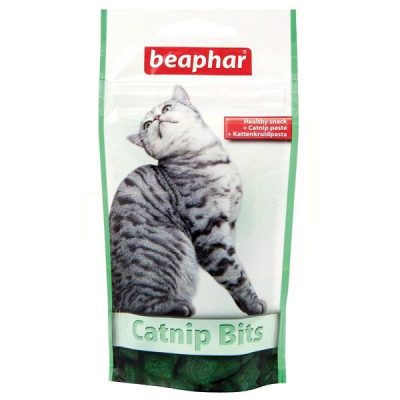Common Boa Care Sheet
Size
Female Colombian boa constrictors may reach 10 feet in length but the average adult size for females is usually 6 to 8 feet. Males are smaller, usually 5 to 7 feet in length.
Life Span
Boas are very long-lived reptiles. There are documented cases of captive boas living longer than 40 years; however, the average captive lifespan is 20 to 30 years.
Housing
When purchasing a young boa constrictor, they do not need a big enclosure straight away, a simple 2-3ft enclosure will be suitable.
As the boa grows a larger enclosure will be required. Boa constrictors are terrestrial therefore meaning floor space is more important than height. Young boas may climb but do not so much as they grow. Typical full-grown adult boas should be housed in cages no smaller than 4 feet long by 2 feet wide.
A hide should also be provided which will allow the boa to feel safe and secure, it is best to offer two hides, one on the warm side of the enclosure and one on the cool side. A stressed baby boa may stay on one side of the cage if only one hide is provided, which may discourage the snake from thermoregulating properly.
Temperature
Boas control their body temperature through thermoregulation, and the cage should have a warm side and a cool side. Do not place the heat source in the centre of the cage, place it at one end. Then if the boa gets too warm, it will move toward the cooler side, and if it is too cool, it will move to the warmer side (thermoregulating).
The temperatures in the cool end your boa cage should not drop below 75 degrees Fahrenheit. The warm side should be 85 degrees, with a hot spot of 90 degrees provided by a heat mat that will provide “belly heat.” Boa constrictors greatly prefer this, so they can coil over the rising heat.
Any heating device should be controlled with a thermostat as the enclosure can get too hot and they must be regulated not just for the boa’s safety but yours too as glass enclosure can crack the glass or cause other caging materials to melt or overheat.
If the belly heat being provided from the heat mat is not warm enough, overhead lighting will assist in maintaining a proper hot spot, but always ensure that the heat bulb (or ceramic bulb) is covered with a heat guard and controlled by a thermostat
UVB bulbs are not essential for boa constrictors but they can be used (or LEDS) to mimic daylight, so they can be on for 12 hours and off for 12 hours, but also allow you to see they animal during the day.
Food
It is very important to allow your new boa to acclimate to its new surroundings before feeding. If you feed it too soon, while it may still be stressed from the move to your home, the snake may regurgitate. If this occurs, be sure your temperatures are correct, and do not attempt to feed the boa again for two weeks. Never feed a new boa constrictor a meal that is larger than the snake’s mid-body girth, a meal that is too large may lead to regurgitation. They need no additional food or supplementation. Boas 2 years old and younger should be fed one appropriately sized rodent every seven to 10 days. Once boas near adulthood, they will thrive while being fed every 10 to 14 days. Be sure to monitor weight so the boa does not become obese or underweight.
Water and Humidity
A water bowl is a necessity as it allows your boa to drink and help provide humidity for your boa. The humidity in the cage should be 60 to 70 percent; use a hygrometer (humidity gauge) to check. The water must always be clean and should be changed as needed, the boa can defecate or urinate in the water which must be cleaned immediately.
Young boas will often soak before or during shedding, this aids in shedding their skin, but can occur when the humidity level is not being met. A boa that is constantly in the water bowl can indicate the humidity is too low, the temperature is too high, or the boa could have mites.
Once shed check the tip the tail as young boas sometimes retain a small piece of skin there, if caught soon after the shed it will usually be easy to remove by gently pulling the skin off. If it’s sticking dip it in warm water and will make removal easy. Skin retention does not necessarily mean husbandry issues, but if you notice retained skin on other areas of your boa’s body, you may need to adjust the humidity levels.
Shedding issues are usually a result of insufficient humidity. A soak or two during the shed cycle will greatly help if you are experiencing low-humidity issues. Place a quarter-inch of warm water in an appropriately sized plastic container and place your boa inside with a secure lid in place. Then place the container in your boa’s cage, positioned so the inside of the container has a warm side and cool side. This will keep the water warm and the humidity high. Do not place it directly over the heat mat or under a basking bulb. A few holes in the lid or sides of the container will provide ventilation. Soak your boa in the container for up to an hour (two hours if you’re combating a particularly tough shed) and repeat as necessary. Be sure to check on your boa regularly, as they will often defecate while soaking. Change the water and clean the container if this occurs. At end of the shed cycle, remove the water and place a small towel in the container so your boa can rub on it to help shed its old skin.
For any further information or advice please feel free to message us on Facebook or contact the store on 01902 494860









